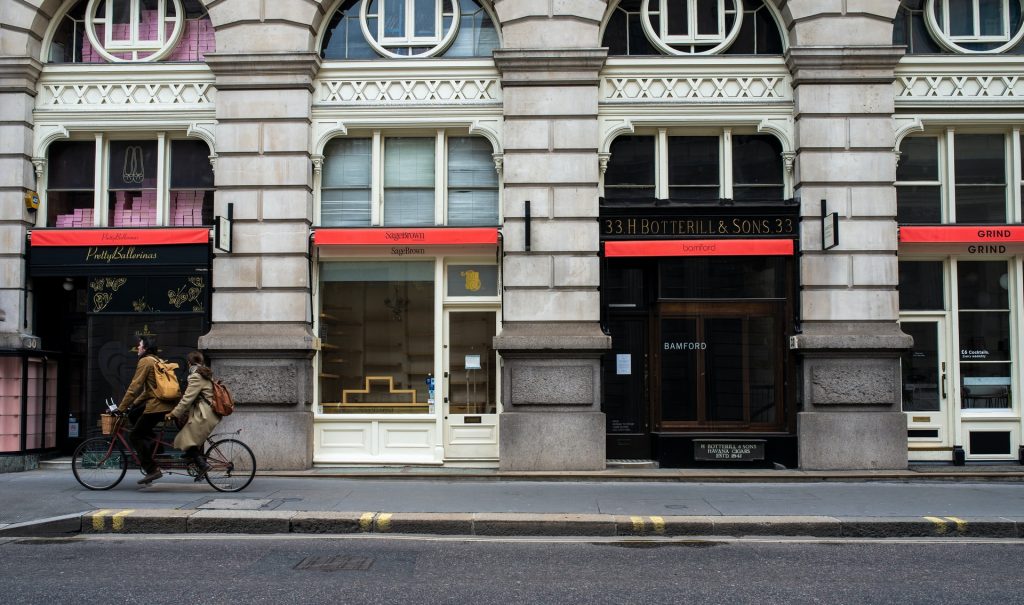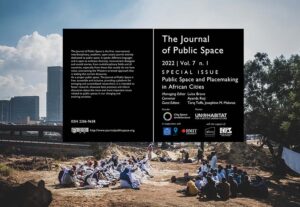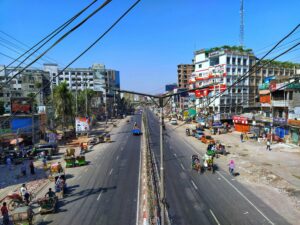Powers to allow councils to ‘force’ landlords to let highstreet premises that have been empty for more than a year, have been outlined in the Queen’s Speech.
A parliamentary bill allowing councils to hold a ‘Compulsory Rental Auction’ to find occupiers for qualifying properties is to be part of the government’s levelling-up programme.
So, from a placemaking perspective, will the new powers have a positive impact on the vitality and viability of town and city centres, and what extra operational detail is needed to gauge their likely effectiveness?
Vacancy, where it is long-term (over a period of 5 or more years), is an important indicator of the viability of a town or city centre. If a place has vacancy rates above the national average for a sustained period of time then that signifies some structural issues – too much unadaptable space, poor connectivity, etc. In the short-term, some vacancy is positive as it allows new businesses to trade on the high street, and those already there to grow or downsize, ensuring the retail and non-retail offer can adapt to changing catchment needs.
The experience of IPM members running empty shops projects suggests that the most effective approach to reducing vacancy rates and improving the mix of use types, is for key stakeholders – agents, landlords, businesses, communities and councils – to work together. We’d be closer to achieving this scenario if, to help deliver on the new policy, councils are given a responsibility to report on vacancy rates and to play their part in tackling empty shops issues. The resulting partnership approach would mean fewer cases getting to the point where a compulsory rental auction is needed.
Read the full article on Institute of Place Management
Authors: Iain Nicholson and Cathy Parker
Recommended by Stephanie Cheung











More Stories
The Warsaw Uprising Mound Park
A Space of Our Own
Are superblocks the future of urban living?